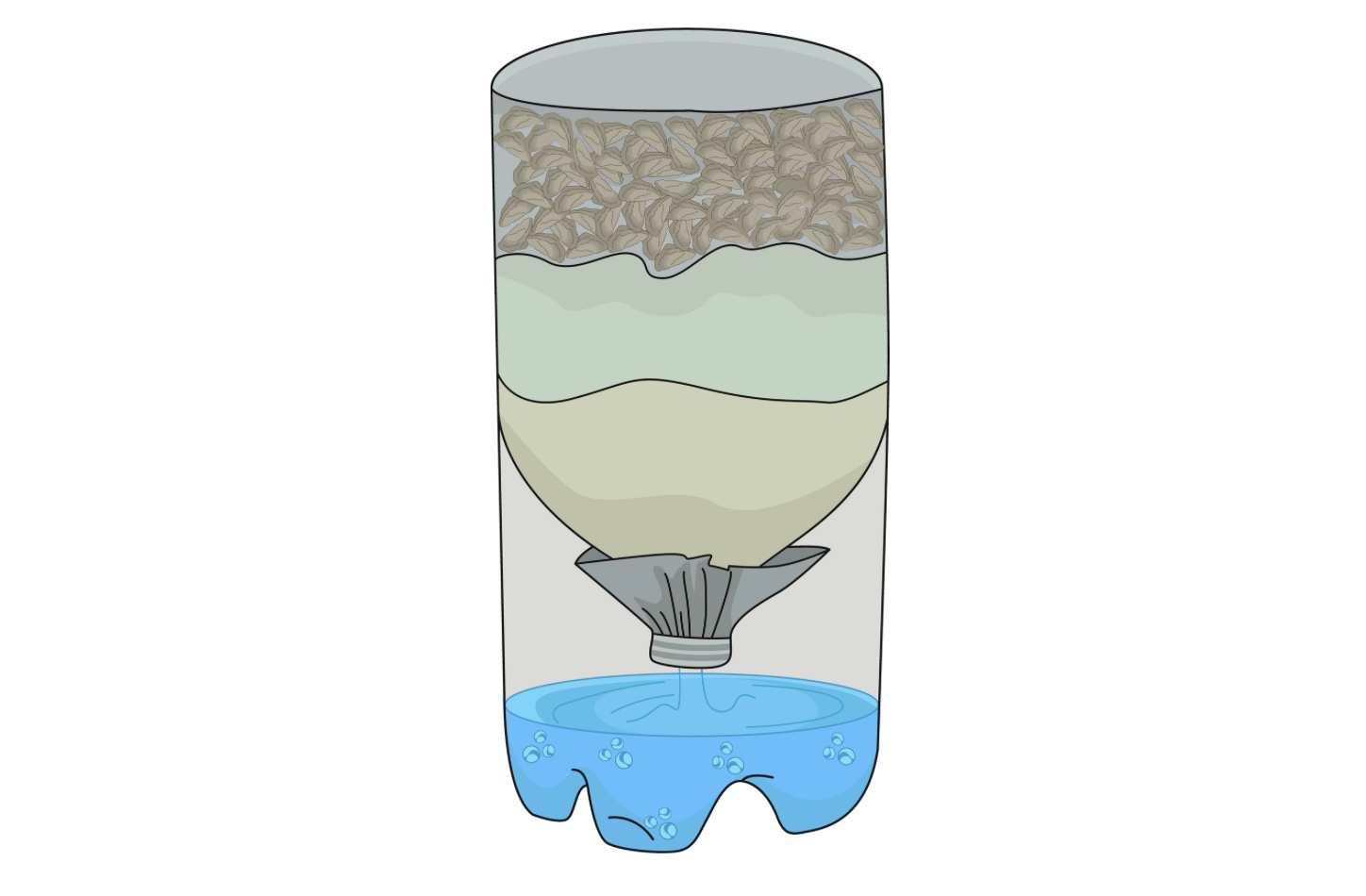
Finding and Disinfecting Water
There are a few ways to find and collect water in the wild, and we’ll focus on that before we discuss filtering.
Pro Tip
WHEN COLLECTING WATER FROM AN OUTDOOR SOURCE, LIKE A STREAM, USE A CLEAN CONTAINER, WASH YOUR HANDS BEFOREHAND, AND CHOOSE A SPOT NEAR THE SOURCE OR ON HIGHER ELEVATIONS AWAY FROM ANIMAL GRAZING SITES.
Now, when it comes to filtering, before we take a look at the methods, we have to talk about the entire “Don’t drink water in the wilderness before filtering it because there’s illness-inducing bacteria there!” myth!
Water in streams, lakes, and rivers is most definitely contaminated (to a degree), but it isn’t as nearly as dramatic as some people make it sound. You should always filter water before drinking it, but some experts and gurus insist that it’s better to dehydrate yourself than drink unfiltered water. Now that’s just an insane statement.
If it ever comes down to drinking unfiltered water or risking severe dehydration – drink! You are, at the end of the day, an animal, and you possess mechanisms that will successfully fight off some bacteria, parasites, and other microorganisms that might cause bodily damage. red this very topic in an interview with Dr. Troy Madsen, an emergency room physician. Here’s what he said: “If I were out somewhere and I needed water and I just felt like the thirst was going to affect my ability to get out of an area or hike out, I would drink the water. We're talking either about the immediate danger of severe dehydration versus the risk of an infection that's not going to hit you for one to two weeks, and that can typically be treated with antibiotics.”
To conclude – always filter your water, but if you can’t do it and you’re becoming severely dehydrated, drink unfiltered water.
Pro Tip
IF YOU SPOT A LOT OF ANIMALS DRINKING THE SAME WATER SOURCE, THAT USUALLY MEANS ITS SAFE!
ANIMALS WON'T RETURN TO A WATER SOURCE THAT MAKES THEM SICK.
Now, let’s learn how to filter and disinfect your water in the wild! The best thing you can do is bring a water filter with you whenever you go into the wild – this should be a regular component of your outdoor gear.
However, if you’re stuck in the wild without a water filter, you can improvise one yourself! Here’s how! We could describe any water filter as a tiny mesh that filters out anything larger than its holes – it’s unlikely that you’ll be able to mimic the fineness of industrially-made filters in the wild, but you can still filter something out. The simplest water filter you can make in the wild requires nothing more than a plastic bottle and a piece of cloth (or a coffee filter, but I doubt you brought that to the woods with you).

This is pretty much as good as it gets under the circumstances. This would work even better if you had charcoal tablets or a really fine mesh.
After filtering your water, you should boil it – in case you don’t have a kettle or a pot, use any type of container that won’t melt or contaminate water when exposed to high temperatures, such as a tin can. The general rule of thumb is to boil water for at least 10 minutes before drinking it.
No matter how thirsty you are, you should never drink: